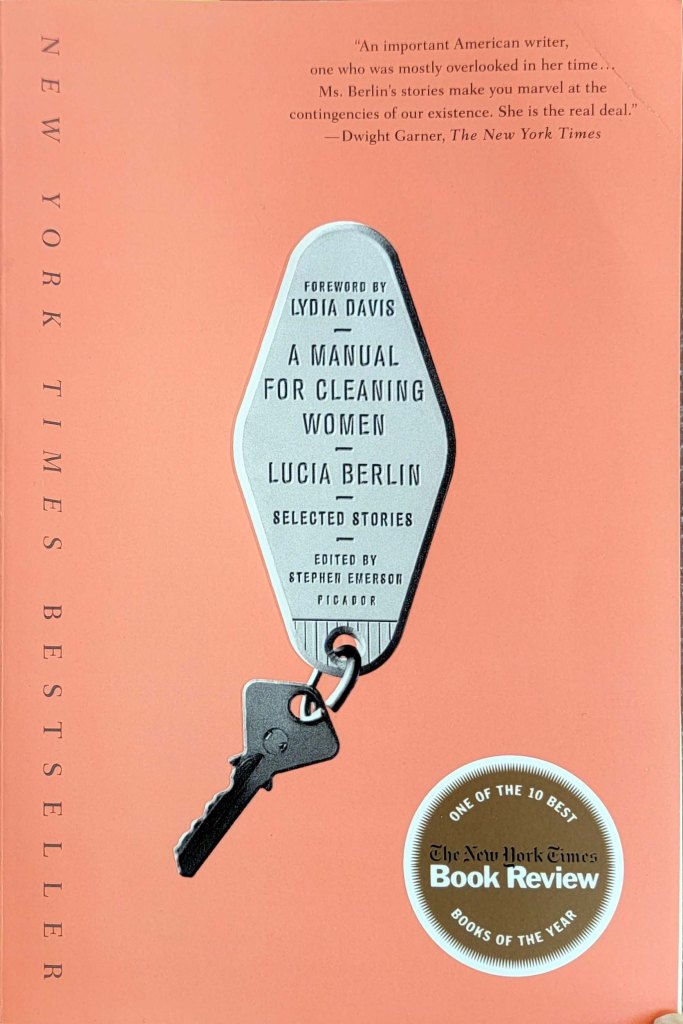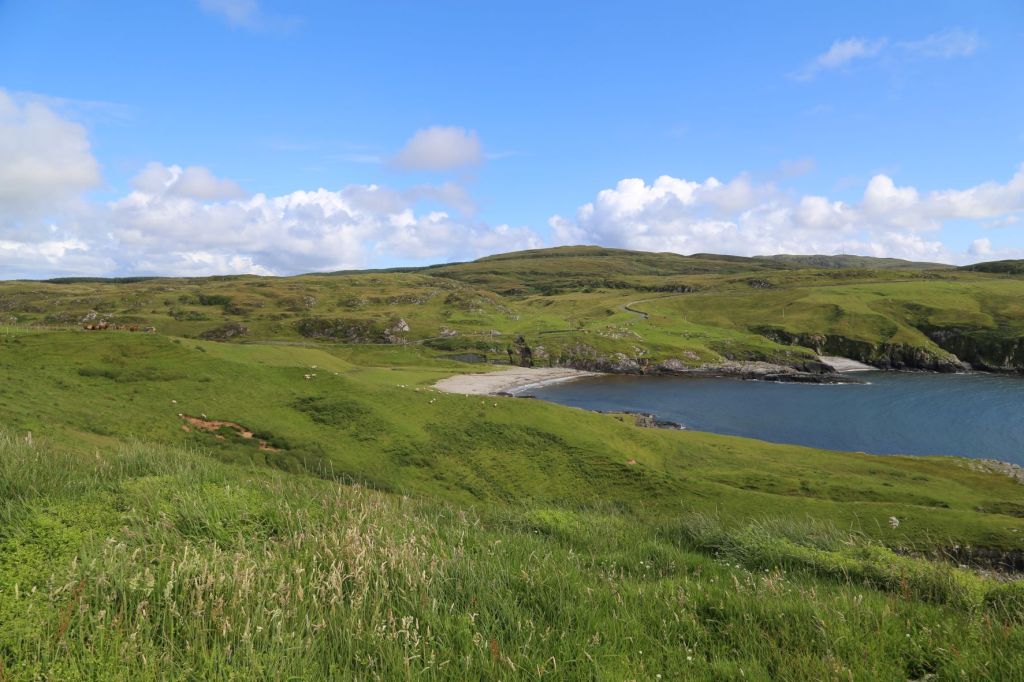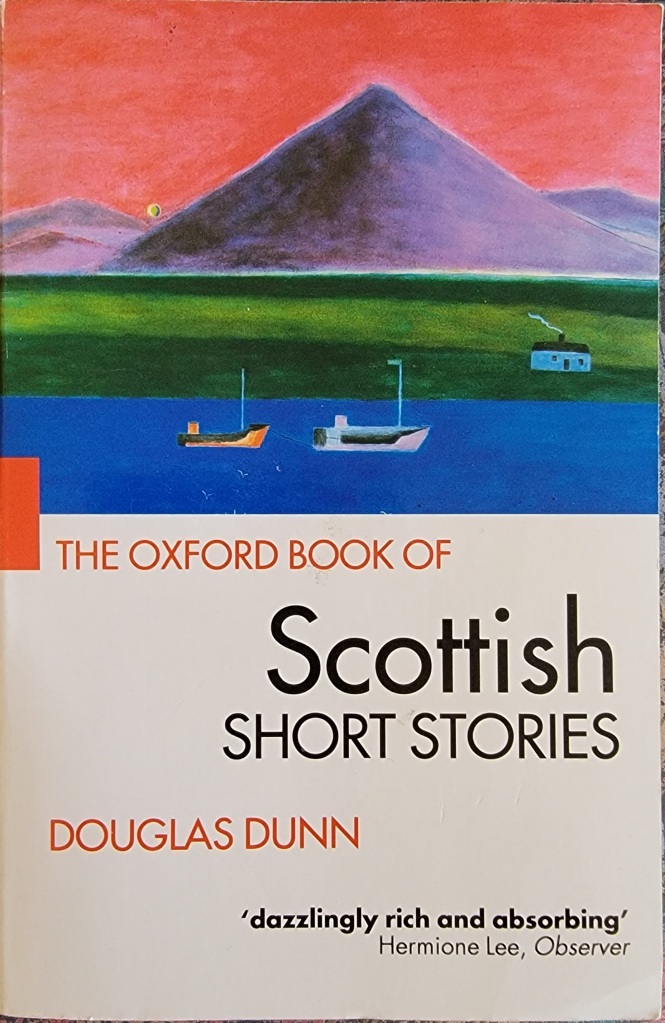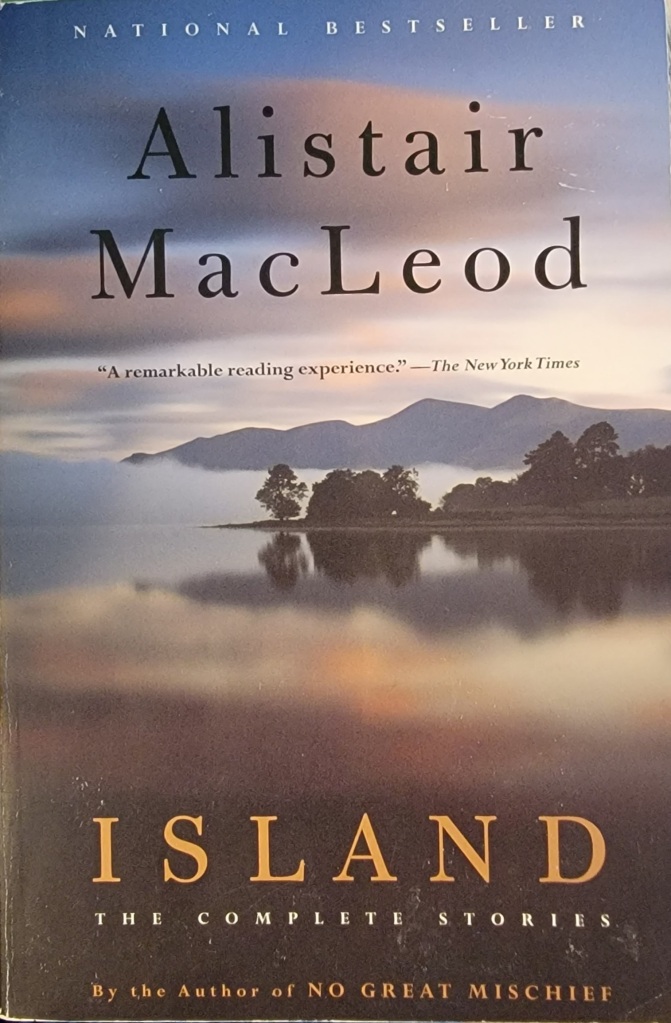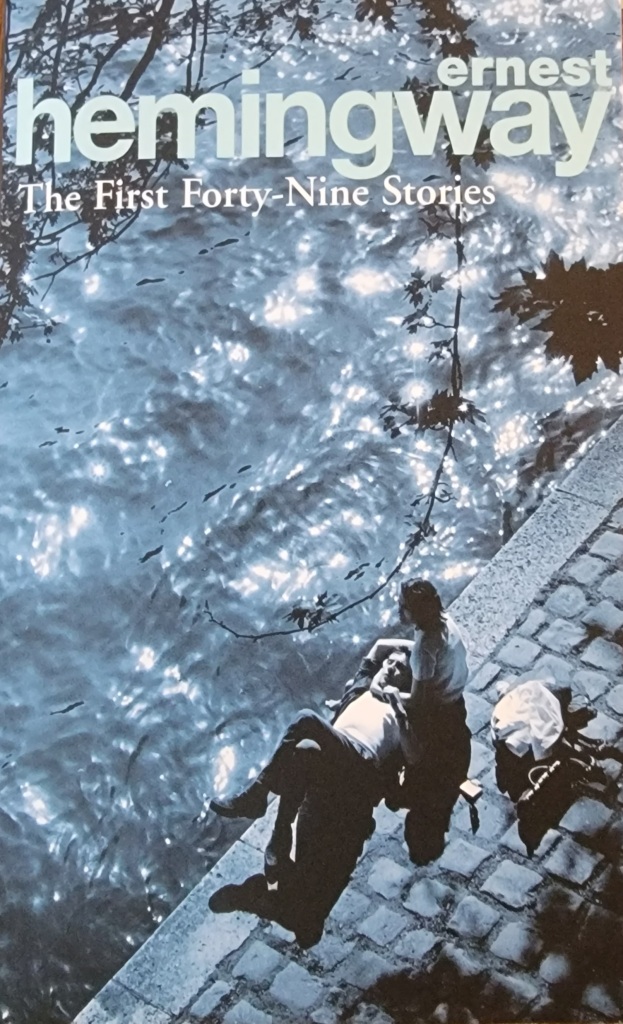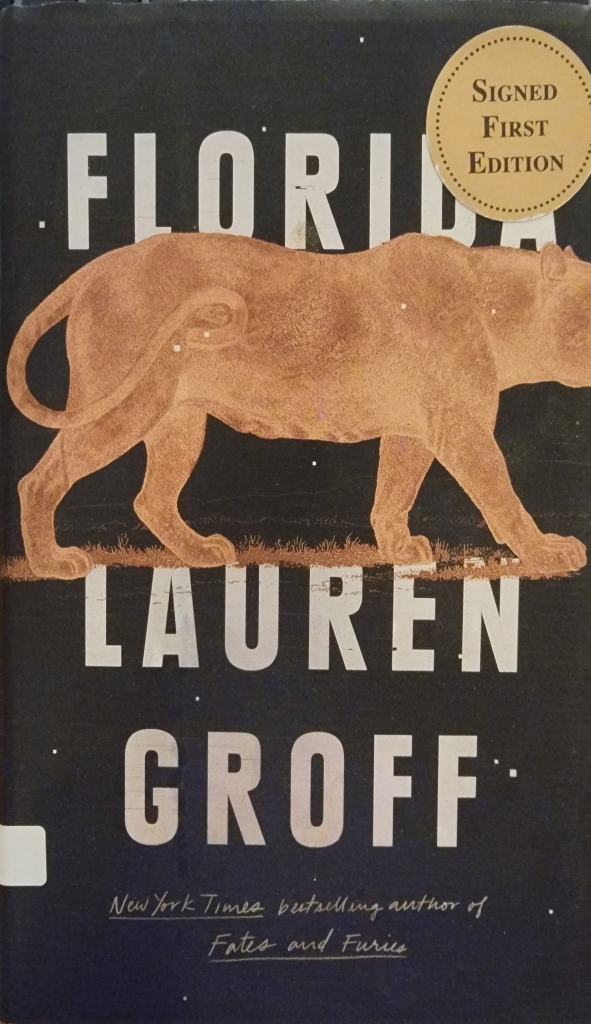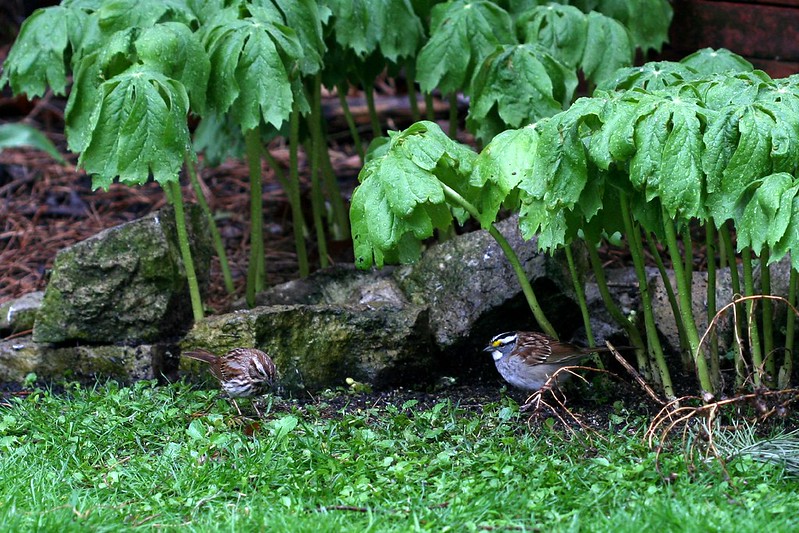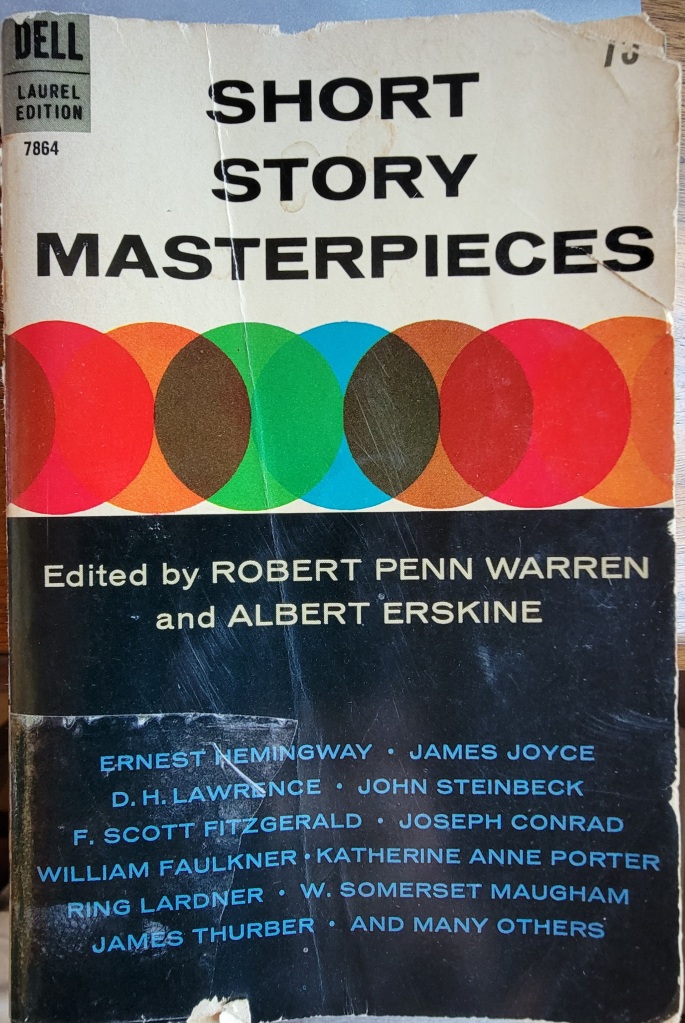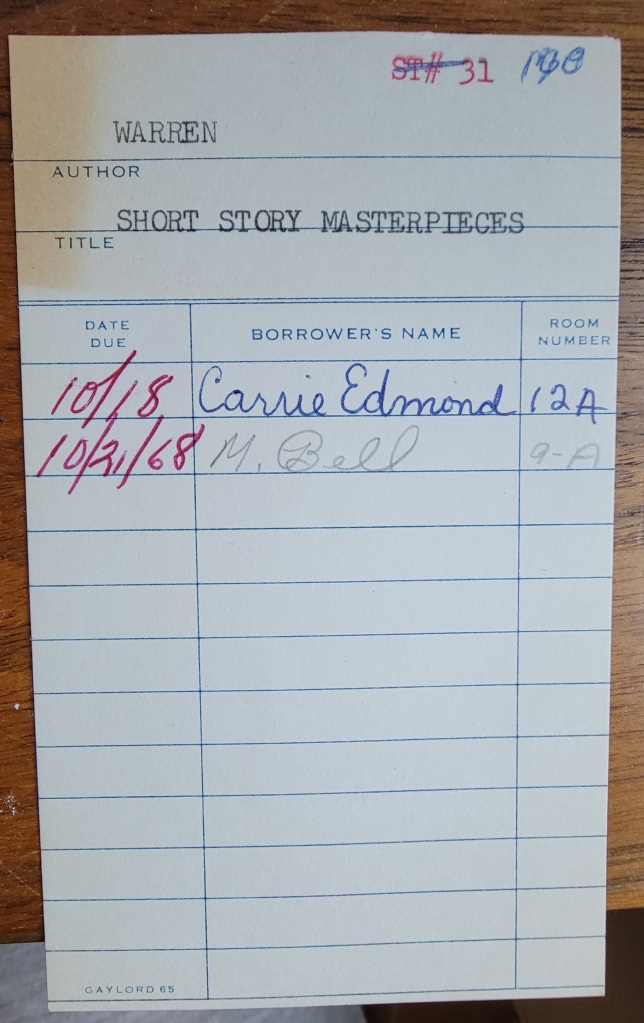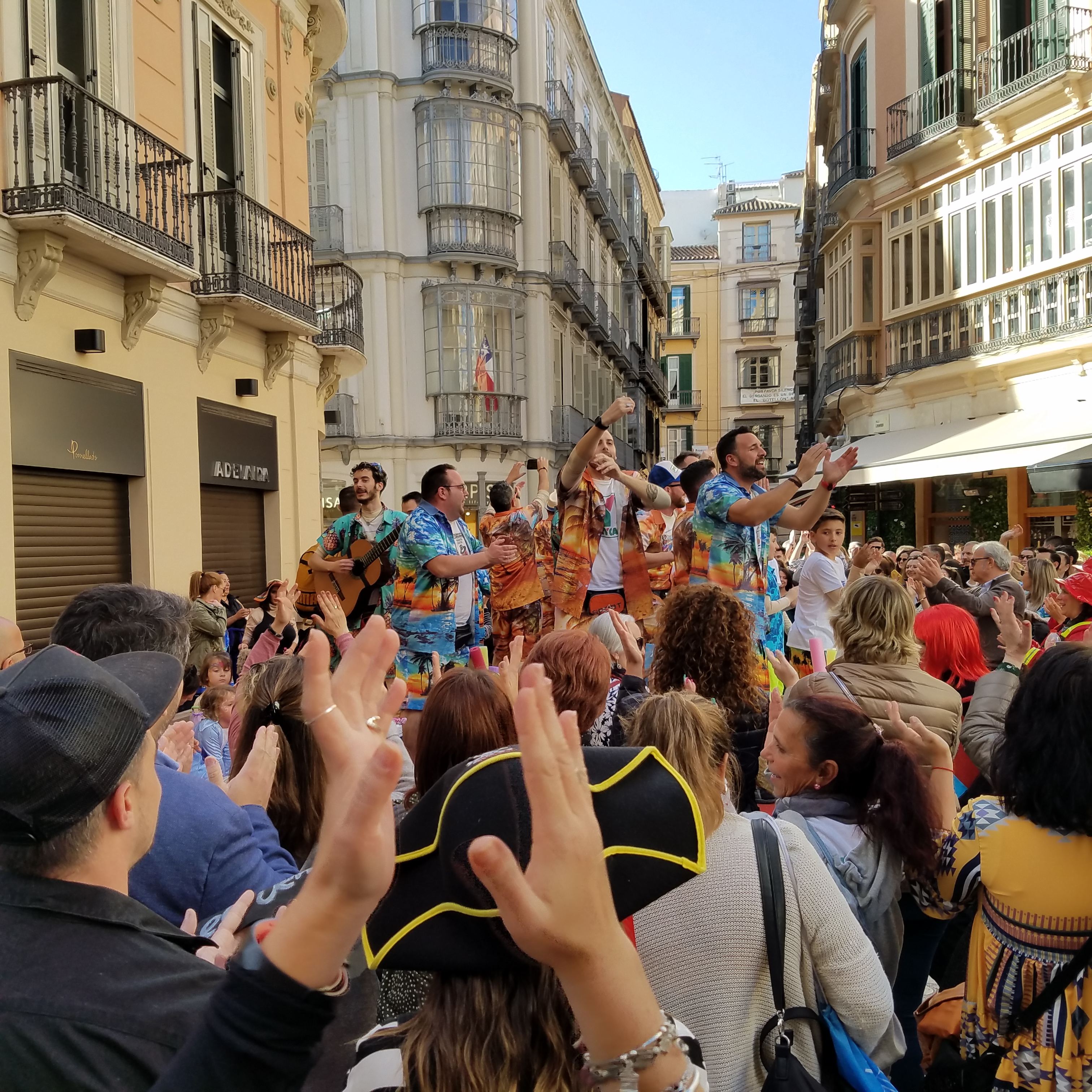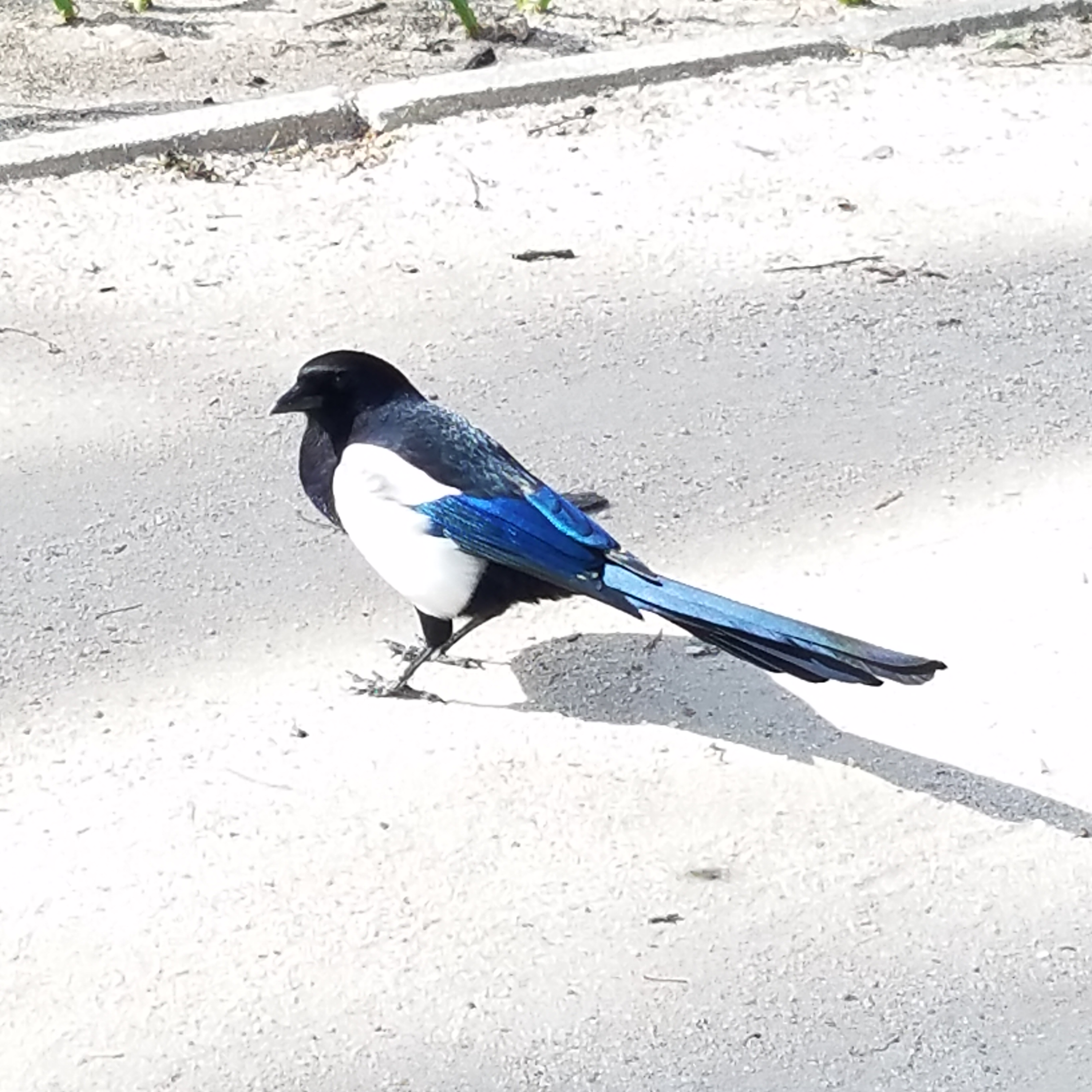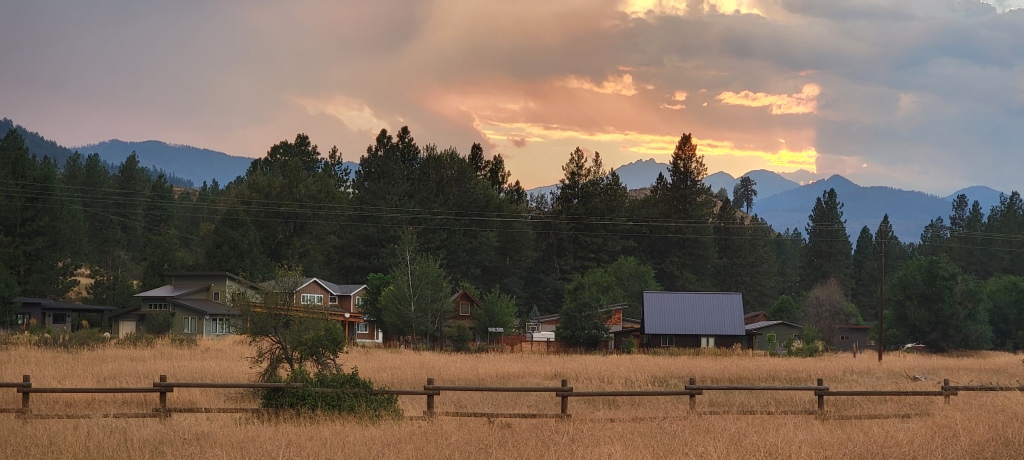
Obviously, I haven’t been here much. I haven’t stopped reading but there have been many, many distractions. Before the short story review, a bit of personal information. I retired in June and am enjoying what feels like summer vacation for the first time in years. I have plenty to do despite being retired. I was “promoted” from reader to Editorial Assistant at the journal I read for (I’m ambivalent about naming it on this blog because I’m over-used to maintaining blogging as a private domain), and have started working on literary translation from French to English. This opens up a whole new world of fun and challenge for me. I also have a book review that will be published this month in a journal. All of this makes me wonder if I need to develop a web site but that is a different story.
Here my short story reviews are a personal exercise and informal so I’m not expecting any level of scholarship. It’s about the journey as the cliche goes.
Short story number 7 is Angel’s Laundromat by Lucia Berlin from A Manual for Cleaning Women. To begin with, what an interesting title for a story collection, right? It seems like book people are enamored of Lucia Berlin so I’m late to the party and there may have been a bit of FOMO in my buying this book when my house is already sagging under the weight of my to-be-read pile but after reading the first story, I’m glad I did.
Angel’s Laundromat is available on-line here so you can read it legally and free from the publisher. At less than 5-1/2 pages it is a quick read and maybe should be read more than once. It is a slice of life that takes place in a laundromat although I ponder the significance of the angel in the title. I’m amazed at what Berlin achieves in so few pages. Realistic characters that you believe in. Sensory detail that lingers. Humor and tragedy.
Here’s one of those details: “we sat next to each other in connected yellow plastic chairs, like at airports. They skidded in the ripped linoleum and the sound hurt your teeth.” The laundromat walls are papered with 12 Step slogans and a sign with an ironic misspelling of the word “dye.” “YOU CAN DIE HERE ANYTIME.” In a few short pages, there is one death and other ones that are hinted at. The reader wonders who might be the angel–the owner who provides sobriety advice on the side? The old Apache man who disappears at the end? Mrs. Armitage who dies between weekly loads of wash?
I love Berlin’s description of hands including the narrator’s. Here is one line: “I could see children and men and gardens in my hands.” It made me look at my own hands and wonder what tales they tell. It made me sit down and start writing down those stories.
I admit I don’t entirely understand the ending. Perhaps as with many poems, I don’t really need to understand it. It’s a great story anyhow. Brilliant perhaps.
